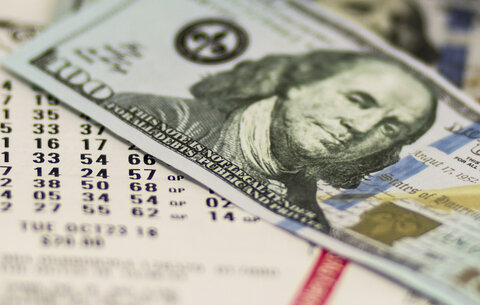For the millions of consumers who enjoy the benefits of their Amazon Prime membership, Amazon’s annual Prime Day has effectively become a new Black Friday in July. But while Prime Day may be a chance to grab a great deal, Amazon’s popular Prime program has, at times, drawn attention from regulators.
A new FTC case alleges that these consumers are not willing members of Prime, but instead are trapped or misled into their membership. In June, the FTC filed a complaint against Amazon for their usage of “dark patterns” to manipulate consumers into enrolling in the company’s Prime subscription and overcomplicating the process to cancel. The agency alleges design features, such as the location of the subscribe button on the online checkout screen and the multiple webpages required to click through to initiate a cancellation of Prime, are “tricking and trapping” consumers into their subscription.
Amazon rejected the “concerning” claims of the complaint in a statement, maintaining that they “make it clear and simple” for consumers to subscribe and unsubscribe from its Prime service. As many have pointed out, unlike some services, cancelling Amazon Prime takes a mere six clicks and not the more cumbersome processes many consumers experience with gyms, newspapers, or cable, where they can click to subscribe but must call or go in person to cancel.
As Prime Day’s popularity shows, Prime members remain members because they find the service valuable. In fact, following the popularity of Prime, other large retailers like Walmart have launched their own similar services. Many retailers, including Target and Macys, will also have July deal weeks to counter Amazon’s Prime Week. Shoppers continue to have an abundance of choices when it comes to retail — both online and offline — and feel that consumers have many options.
Customers continue to choose Amazon, Prime, and Prime Day over other options not because they are trapped, but because they find value in it. Amazon declares “customers love Prime,” and there is much polling to support the company’s claim.
According to the American Customer Satisfaction Index (ACSI), Amazon had a 2023 overall satisfaction rating of 84%, an increase of 8% from 2022. Among online retailers, this is higher than Walmart, Target, and Costco.
One facet of the Prime service, Amazon Prime Video, has the highest satisfaction rating in the ACSI at 80% for streaming services. In the first quarter of 2021, the one‐year renewal retention rate for Prime was 93% and 98% for two‐year renewals. Even in the wake of new entrants to the retailer subscription market, like Walmart+ last year, consumers retain their ties to Amazon Prime, likely in part due to their overall satisfaction with the service.
Despite this consumer satisfaction and competition, the FTC continues to spend resources pursuing Amazon. If it is successful, it could ruin Prime and many other subscription‐based discount services in the process, resulting in higher prices overall for consumers. The alleged “dark patterns” described are far from fraudulent or misleading, and much more user‐friendly than many other services.
The FTC should be concerned about fraud, but its definition of “dark patterns” in the Amazon case would expansively include many common marketing practices and could even result in the agency dictating the design choices. If the agency is successful in its case, it could result in government bureaucrats dictating how subscription interfaces must look, rather than those designing the products, thus deterring providers from offering these services.
But Prime and Prime Day don’t just benefit consumers: they also benefit millions of small businesses that use Amazon’s platform to sell and connect with consumers. 2022’s Prime Day saw over $3 billion spent on more than 100 million items purchased from small and medium‐sized businesses. The Amazon Prime “badge” that sellers can display comes with a certainty for customers that can increase comfort with small businesses or new products in expecting a specific level of service.
Prime Day has become a new, hotly‐anticipated sale over the last nine years. The FTC case against Amazon’s Prime subscription is one of several challenges based in antitrust that could make it difficult to offer the Prime program that customers love. So much like that air fryer you’re eyeing up on Prime, let’s hope this isn’t the last year consumers get to take advantage of the generous deal Prime offers.




